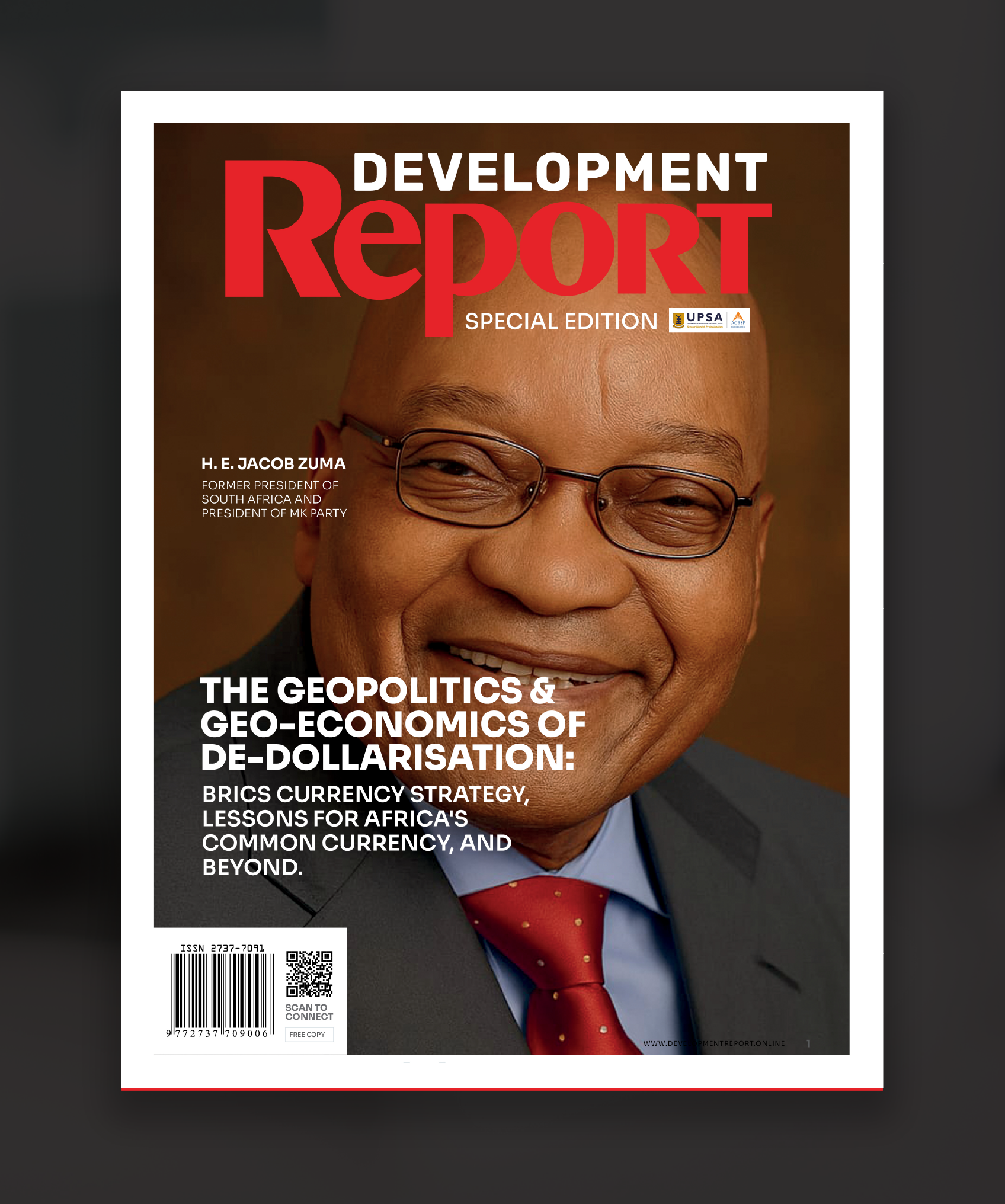In recent months, the African continent has witnessed a surge in youth-led protests that echo the fervour of historical movements for change. From the #EndSARS protests in Nigeria to the #RejectFinanceBill2024 protests in Kenya, young Africans are taking to the streets to demand better governance, economic justice, and an end to systemic corruption. This wave of activism, driven by a population where 70% are under the age of 30, signals a potential shift towards people power revolutions that could reshape the political landscape.
The Context: A Young Continent with Old Leadership
Africa is the world’s youngest continent, with a median age of just 19 years. Yet, the average age of its leaders is 63. This stark generational divide is a source of growing frustration among young people who feel marginalised and unheard. The recent protests in Kenya are a case in point. Sparked by a controversial finance bill that proposed significant tax hikes, thousands of young Kenyans, primarily Gen Z and millennials, took to the streets. Despite facing severe police brutality, which resulted in at least 39 deaths, these protesters continued to call for accountability and the resignation of President William Ruto.
The Rise of Youth Movements
The Kenyan protests are part of a broader trend across the continent. In Senegal, young people led nationwide protests against the delay of a presidential election, ultimately forcing the government to reverse its decision. In Uganda, climate activists have been at the forefront of opposing the East African Crude Oil Pipeline, facing harassment and arrests in the process. Mozambique saw thousands rallying after the death of rapper Azagaia, demanding an end to corruption and social injustice. In Zimbabwe, students have repeatedly clashed with authorities over political repression, and in Ghana, the #OccupyJulorbiHouse protests highlighted widespread economic discontent.
The Influence of Social Media
A defining characteristic of these movements is the strategic use of social media. Platforms such as Twitter, Facebook, and Instagram have become indispensable tools for organisation, mobilisation, and raising awareness. Hashtag-driven campaigns not only unite protesters within their countries but also attract international attention and solidarity. This form of digital activism amplifies their voices and puts pressure on governments to respond.
Challenges and Suppression
Despite the energy and determination of these young activists, they face substantial challenges. Police brutality, as witnessed in Kenya and Mozambique, is a common response to protests. Governments often resort to shutting down the internet, making arrests, and employing intimidation tactics to stifle dissent. In Uganda, activists have reported surveillance and abductions. These repressive measures highlight the risks involved in challenging entrenched power structures.
Learning from History: Avoiding Repetition of Mistakes
For these movements to foster lasting change, it is crucial to learn from past mistakes. Africa has a long history of revolutions and uprisings that initially promised much but were often followed by cycles of poor governance and corruption. People-driven changes must be deeply rooted in accountability and transparency to avoid repeating these patterns. This means building robust institutions, promoting civic education, and ensuring that leaders are held accountable by their constituents.
Every Generation Must Lead Its Own Revolution
A fundamental argument underpinning these protests is that every generation must lead its own revolution. The youth of Africa are not just the future; they are the present. They bring new perspectives, innovative ideas, and a fresh determination to address the continent’s challenges. Young Africans are asserting their right to shape their destiny and demanding a seat at the table where decisions about their future are made by leading their own movements.
A Potential for Revolution?
The question remains: can these youth-led protests spur a new wave of people power revolutions in Africa? Historical precedents suggest that sustained and widespread movements can indeed lead to significant political change. The Arab Spring, which began in Tunisia, is a testament to how youth-driven protests can topple regimes. However, the outcomes of such revolutions are unpredictable and can lead to both positive and negative consequences.
For Africa’s young protesters, the goal is clear, they seek accountable governance, economic opportunities, and a future where their voices are heard. While the path is fraught with challenges, their relentless activism is a powerful force for change. Whether this will lead to a broader revolution or incremental reforms will depend on various factors, including the resilience of the movements, the response of governments, and the support of international allies.
Conclusion
The protests in Kenya and other African countries underscore a critical moment in the continent’s history. With a young, dynamic population demanding change, there is potential for significant political transformation. These movements are not just about immediate grievances but about envisioning a future where young Africans can thrive. As these protests continue to unfold, they remind us of the enduring power of youth activism in shaping the course of history and the necessity of people-driven change that learns from past mistakes to create a sustainable and just future.
To truly counter government crackdowns and ensure the resilience of these movements, the youth in Kenya have shown us that there is a pressing need for flatter, leaderless organisations. Through a spider-like network structure (a movement that has more legs and less heads), these movements can become more agile and less vulnerable to decapitation tactics employed by oppressive regimes. This model of activism not only empowers more individuals but also creates a more robust network of resistance that can adapt and thrive under pressure. The youth of Africa must embrace this approach, leveraging their unity and digital savvy to continue their fight for justice and democracy. The future of the continent depends on their courage, innovation, and unwavering commitment to change.


